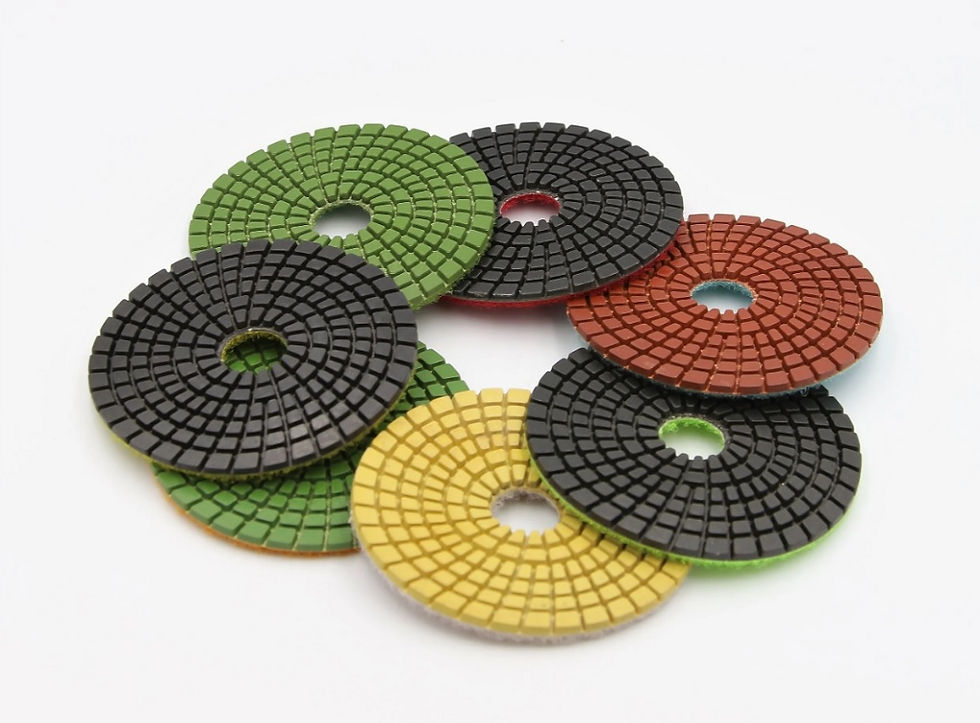The Art of Capturing Moments: A Comprehensive Guide to Camera Lenses
- David Fenton
- Nov 3, 2023
- 3 min read
Updated: Feb 6, 2024
Since the early 1800s, mankind’s love affair with cameras has evolved, from capturing black and white frozen moments in time to colorful expressions of reality. But, what truly helps a photographer capture these cherished moments as they intend? The answer lies in the heart of the camera - the lens.
Legions of photography enthusiasts and professionals alike often grapple with the lens conundrum - how to choose the perfect lens which will not only illuminate their subject but also breathe life into it? Whether it is capturing the warmth of an intimate family gathering or enshrining the fleeting beauty of a sunset, selecting the right lens can elevate your photographs from ordinary to extraordinary. In this comprehensive guide, we will decode the mystery of camera lenses, their types, usage, and how the right choice can transform your photography experience.

Photography is about painting with light, and lenses are your brushes. Understanding them can dramatically change your perspective, thinking process and eventually your photographic style. Are you ready to discern the art of capturing life more intensely, truthfully, and beautifully?
What is a Camera Lens: The Eye of Your Camera
A camera lenses Australia, often just referred to as a lens, is essentially the eye of your camera. It's the medium through which your camera sees and captures the world around it. The function of a lens is to collect light from the scene and focus it onto the camera’s sensor, thereby creating an image.
Different types of lenses allow you to capture a range of images, from wide panoramic landscapes to sharply-focused portraits. Each lens has its own unique character, much like human eyes - some can see further (telephoto lens), some can see a broader view (wide-angle lens), and some are perfect for seeing things up close (macro lens).
Understanding the functionality and attributes of each lens can significantly enhance your photography by allowing you to effectively use the lens as a tool for creative expression.
Why Selecting the Right Lens Matters: The Heart of Photography
Choosing the right lens might seem like a challenging task, but its importance is paramount to achieving the desired result. The right lens can capture the essence of a moment in all its glory, while the wrong one might fail to do justice to the scene.
A wide-angle lens captures vast landscapes and architecture, exuding a sense of grandeur. In contrast, a portrait lens is adept at magnifying the minute details of a face or subject, adding a sense of intimacy. Therefore, understanding your subject matter and what lens can illuminate it best can bring a noticeable difference in the quality of the photograph.
Pros and Cons of Different Types of Lenses: A Comparative Analysis
Like all aspects of photography, lenses come with their own set of pros and cons. For instance, wide-angle lenses provide an extensive depth of field, allowing more of the scene to be in focus. However, they can potentially distort the edges of the image. Telephoto lenses have a narrow field of view, excellent for isolating subjects from their surroundings but might cause images to be blurry due to camera shakes.
Each lens, from prime to zoom, wide-angle to telephoto, macro to specialist, grants you a unique perspective but also comes with limitations.
How to Choose: Navigating the Landscape of Lenses
Choosing a lens doesn’t have to be a tricky task. Begin by identifying your photography style and subjects of interest. Landscape photographers will benefit from wide-angle lenses, while portrait photographers might gravitate towards faster prime lenses.

Up next, consider factors like low-light performance, necessity of image stabilization, and weighing in your budget. It's essential to try out a particular lens first-hand to know if it aligns with your vision and style of photography.
Storing and Handling Your Lenses: Ensuring Longevity
Proper care and handling of your lenses can ensure their longevity, thereby protecting them as valuable investments. Always store them in a dry and dust-free environment. A small brush or blower can help in cleaning the lens surface, while a soft microfiber cloth can be used to wipe the lens.
Conclusion
Choosing, using, and maintaining camera lenses is an art that takes time to master. Selecting the right lens is as important as framing the subject, finding the right light, and composing your shot. Remember, the perfect lens is essentially the one that helps you translate your vision into a captivating photograph flawlessly.
This comprehensive guide aims at providing you with the necessary knowledge in understanding lenses better. However, the ultimate way to find 'the lens' for you is by experimenting, integrating this knowledge with your own unique perspective and style. After all, photography is not merely about capturing life, but interpreting and portraying it in the most beautiful way possible.



















Comments